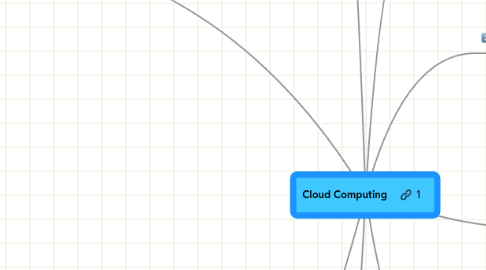
1. What is Cloud computing? A research paper released on October 8th, 2007 by Greg Boss, Padma Malladi, Dennis Quan, Linda Legregni, Harold Hall from IBM states “Cloud computing is a term used to describe both a platform and type of application. A cloud computing platform dynamically provisions, configures, reconfigures, and deprovisions servers as needed. Servers in the cloud can be physical machines or virtual machines. Advanced clouds typically include other computing resources such as storage area networks (SANs), network equipment, firewall and other security devices. Cloud computing also describes applications that are extended to be accessible through the Internet. These cloud applications use large data centers and powerful servers that host Web applications and Web services. Anyone with a suitable Internet connection and a standard browser can access a cloud application.” Click here to read the paper from IBM on Cloud Computing
2. Key Issues
2.1. Technical
2.1.1. Performance
2.1.2. Availability
2.1.3. Continuity
2.1.4. Data Protection
2.1.5. Data Retention
2.1.6. Cost
2.1.7. Control
2.1.8. Risk
2.1.9. Security
2.1.10. Management
2.1.11. Service Levels
2.2. Legal
2.2.1. Ownership
2.2.2. Regulatory Compliance
2.2.3. Data Protection
2.2.4. Data Retention
2.2.5. eDiscovery
2.2.6. Risk Management
2.2.7. Import / Export controls
2.2.8. Contractual Obligations
2.2.9. Choice of Law
2.2.10. Infringement
2.2.11. Recovery
2.3. Business
2.3.1. Cost
2.3.2. Value
2.3.3. ROI
2.3.4. Competitive Positioning
2.3.5. Risk Management
2.3.6. Governance
2.4. Issues on use
3. Compute Clouds
3.1. Grid Computing
3.1.1. Internal Grid - e.g., Linux Beowolf Cluster
3.1.2. External Grid -- e.g. IBM Computing on Demand
3.2. Server Virtualization
4. What is Cloud Computing?
4.1. IBM Definition:
4.2. IBM Blue Cloud
4.2.1. IBM announced in October 2007 that it would partner with Google to deliver a cloud computing environment to assist universities in teaching the development of cloud-based parallelized applications. IBM, Google and the University of Washington plan to build clouds based on this technology. Blue Cloud is IBM’s commercialized version of the technology that underpins this joint initiative.
4.3. Gartner Definition
4.3.1. "Cloud computing," as the term is popularly used, refers to the delivery of a range of IT capabilities (such as infrastructure applications) as an externally sourced service.
5. Storage Clouds
5.1. File Virtualization
5.2. Disk / Storage Virtualization
5.3. Thin Provisioning
5.3.1. Allocating Storage When Needed Instead of When the Application is Provisioned
6. Infrastructure Clouds
6.1. Containerized Computing
6.2. Shared Data Center
6.3. Flex - space
7. Network Clouds - i.e, virtual circuits
7.1. Internal Network
7.2. Private Networks
7.3. Public Networks - e.g., the Internet
7.4. Public / Private Mixed Network e.g., MPLS
8. Application Clouds
8.1. Software as a Service (SAAS)
8.1.1. Impact on Open Source Obligation to contribute changes back to the community under current GPLv3
